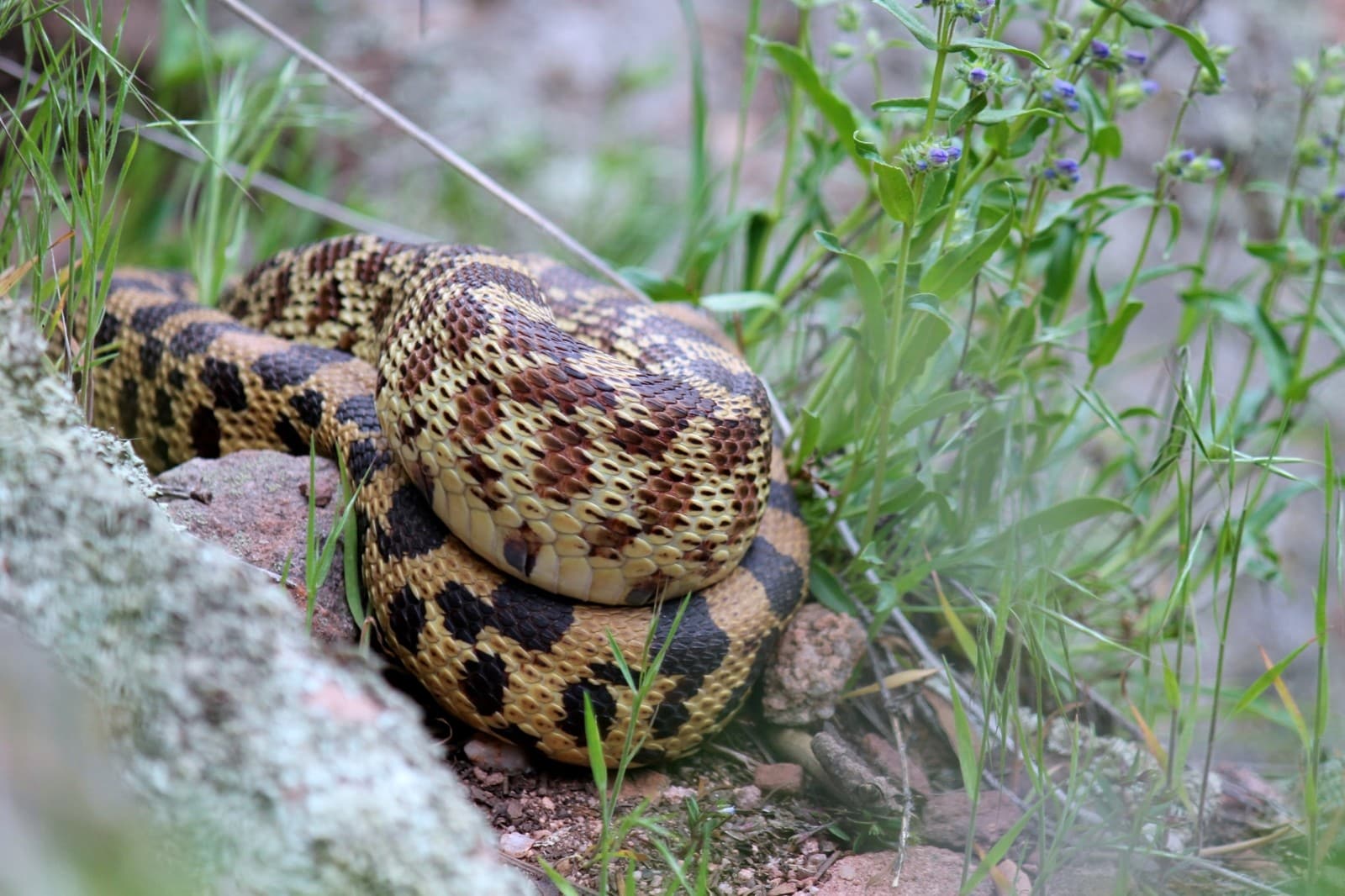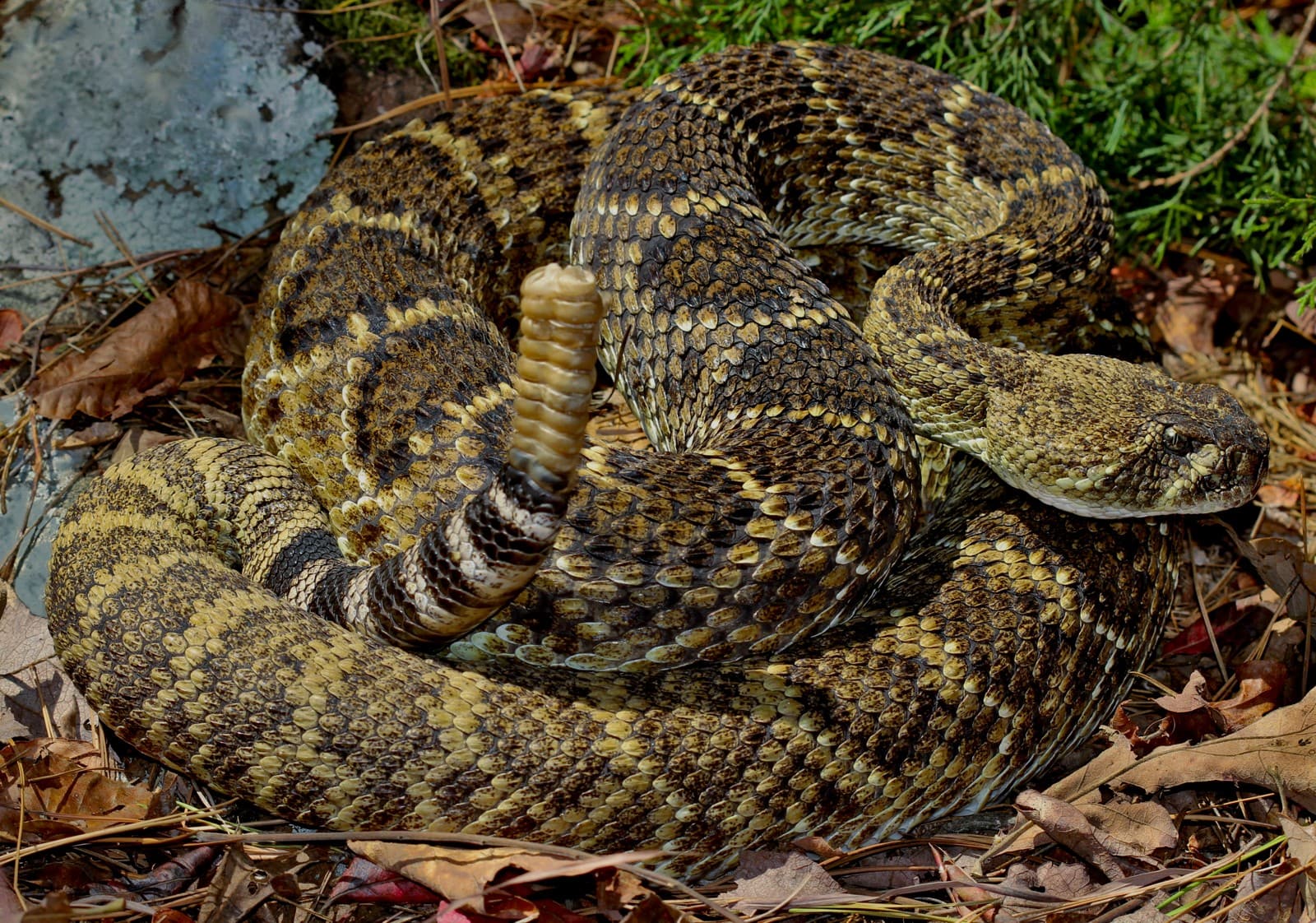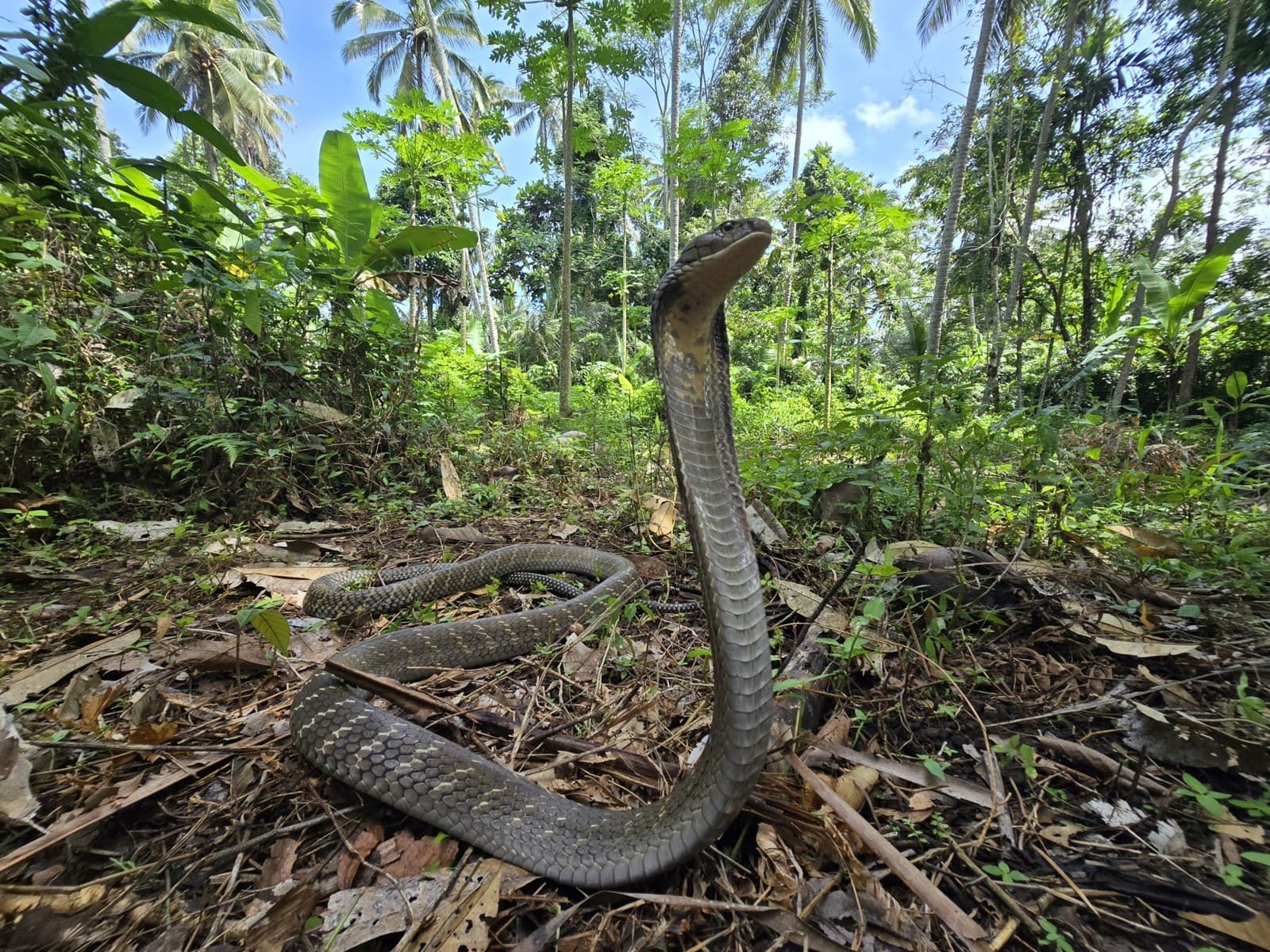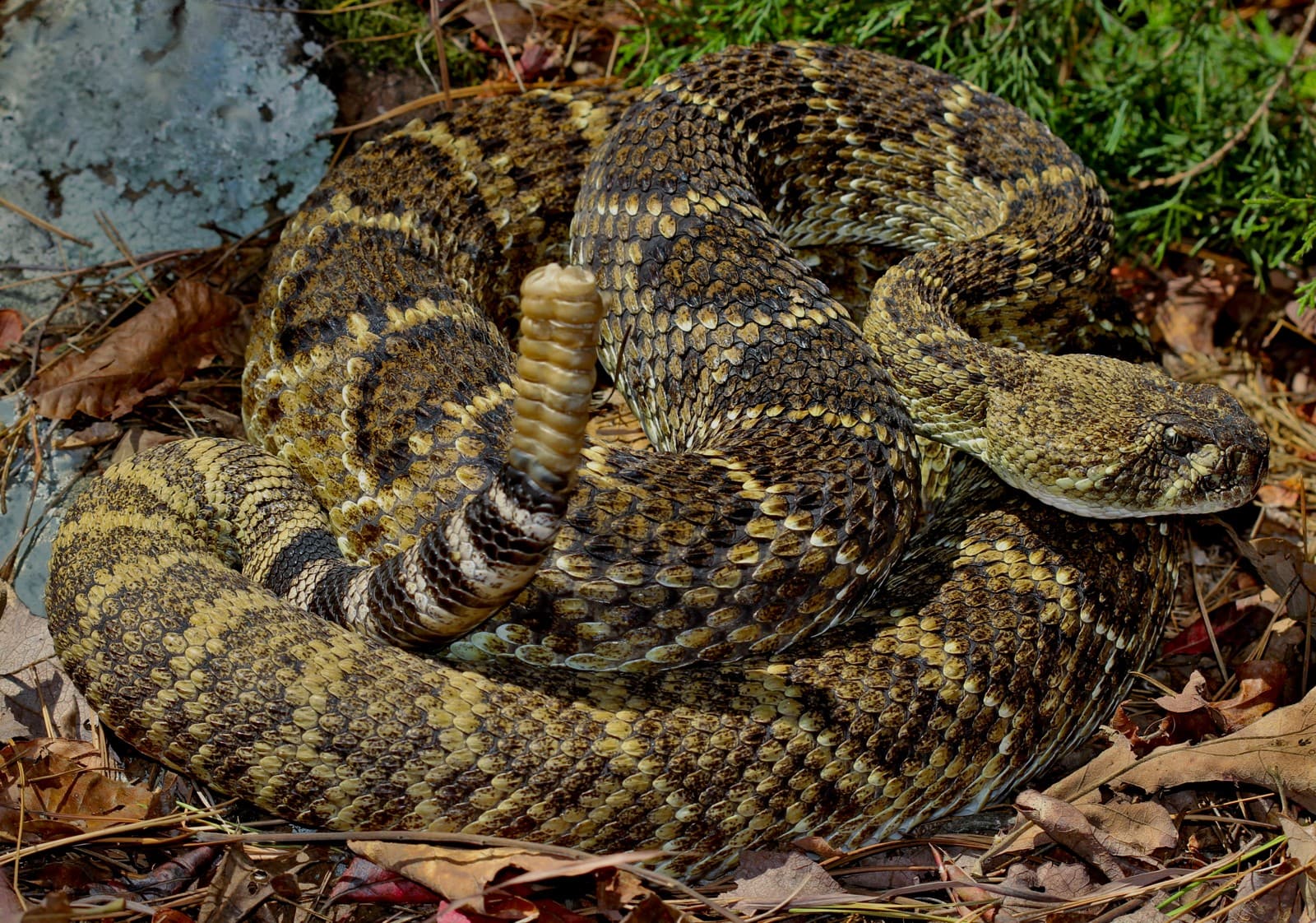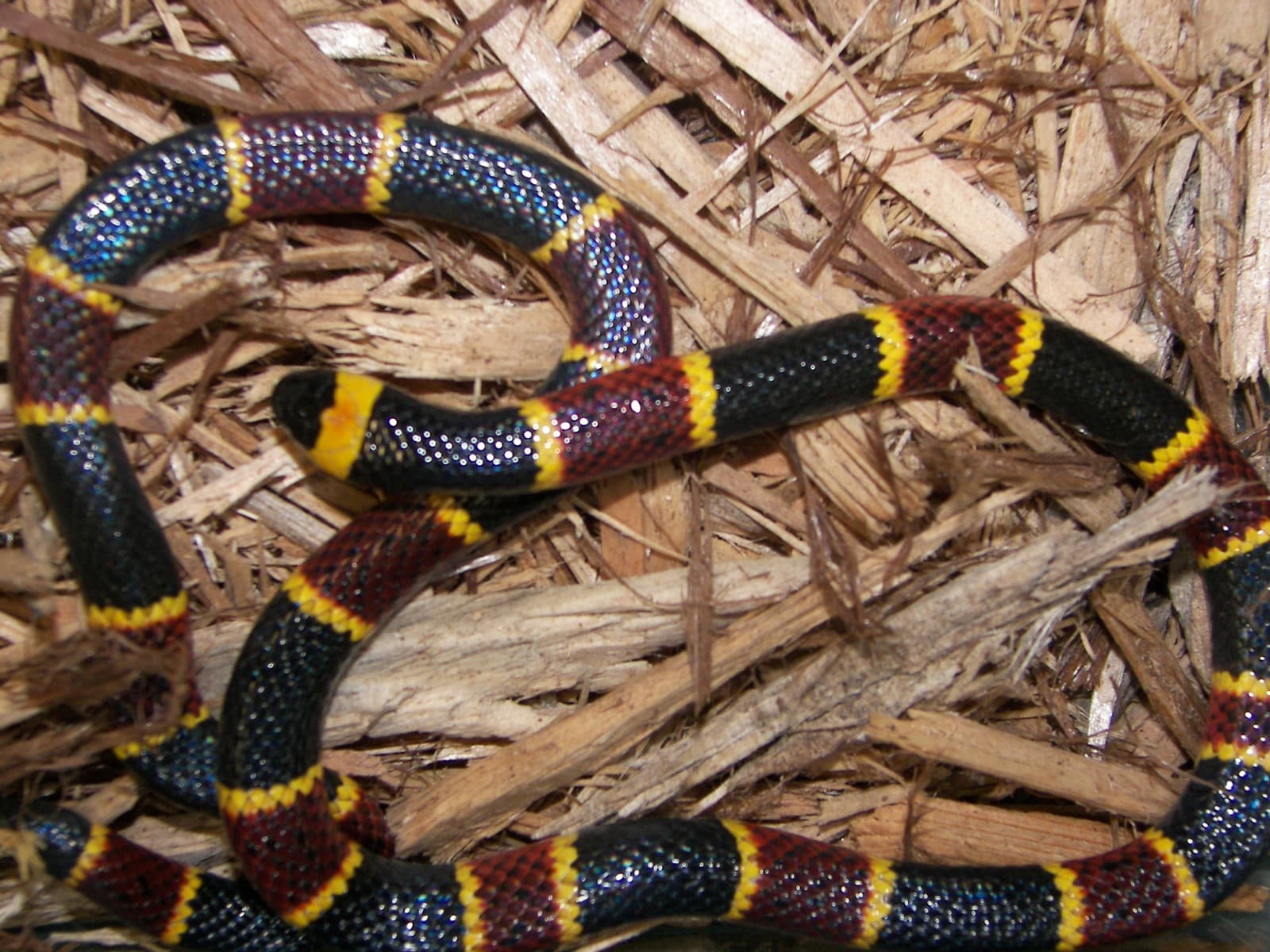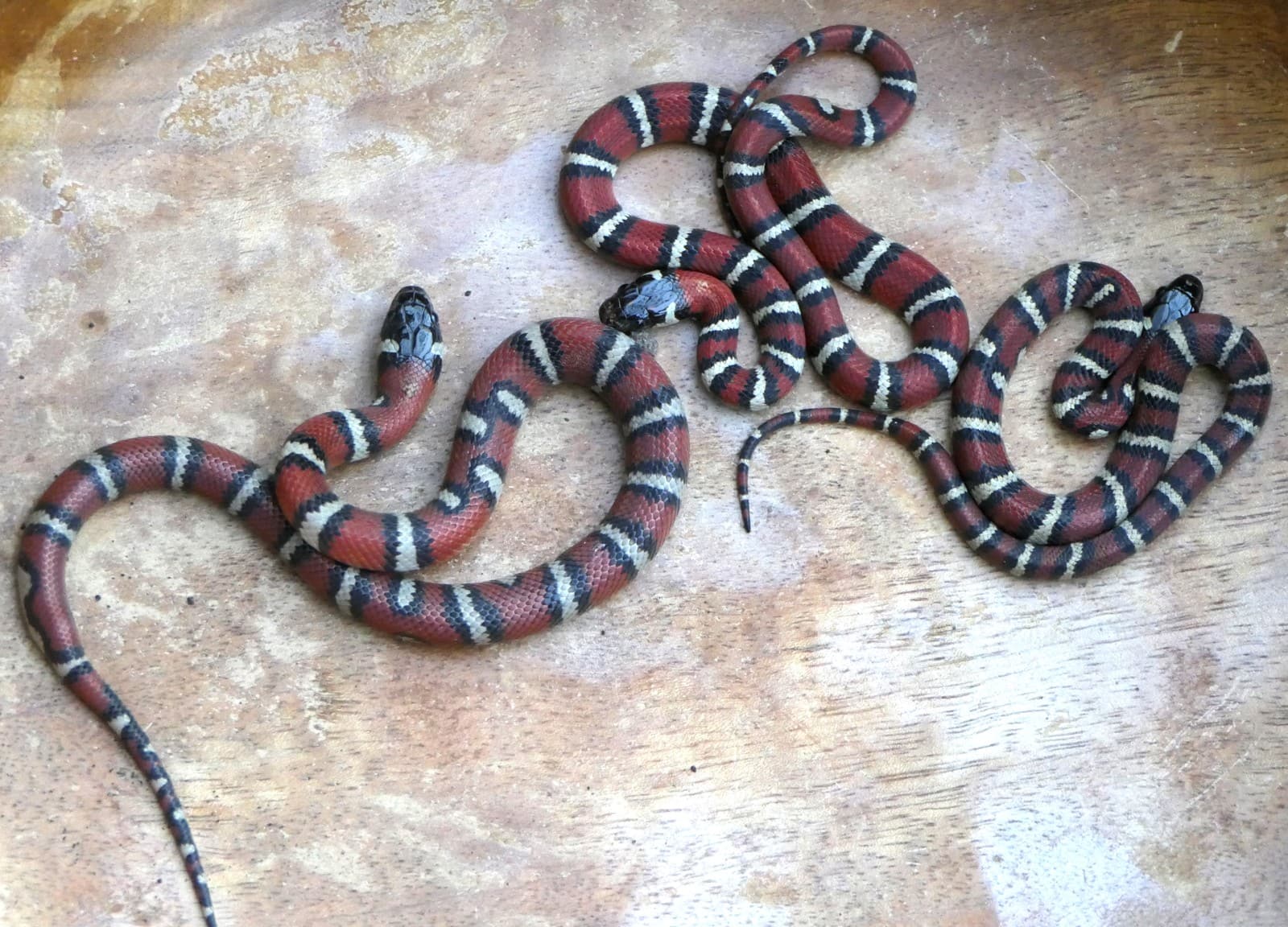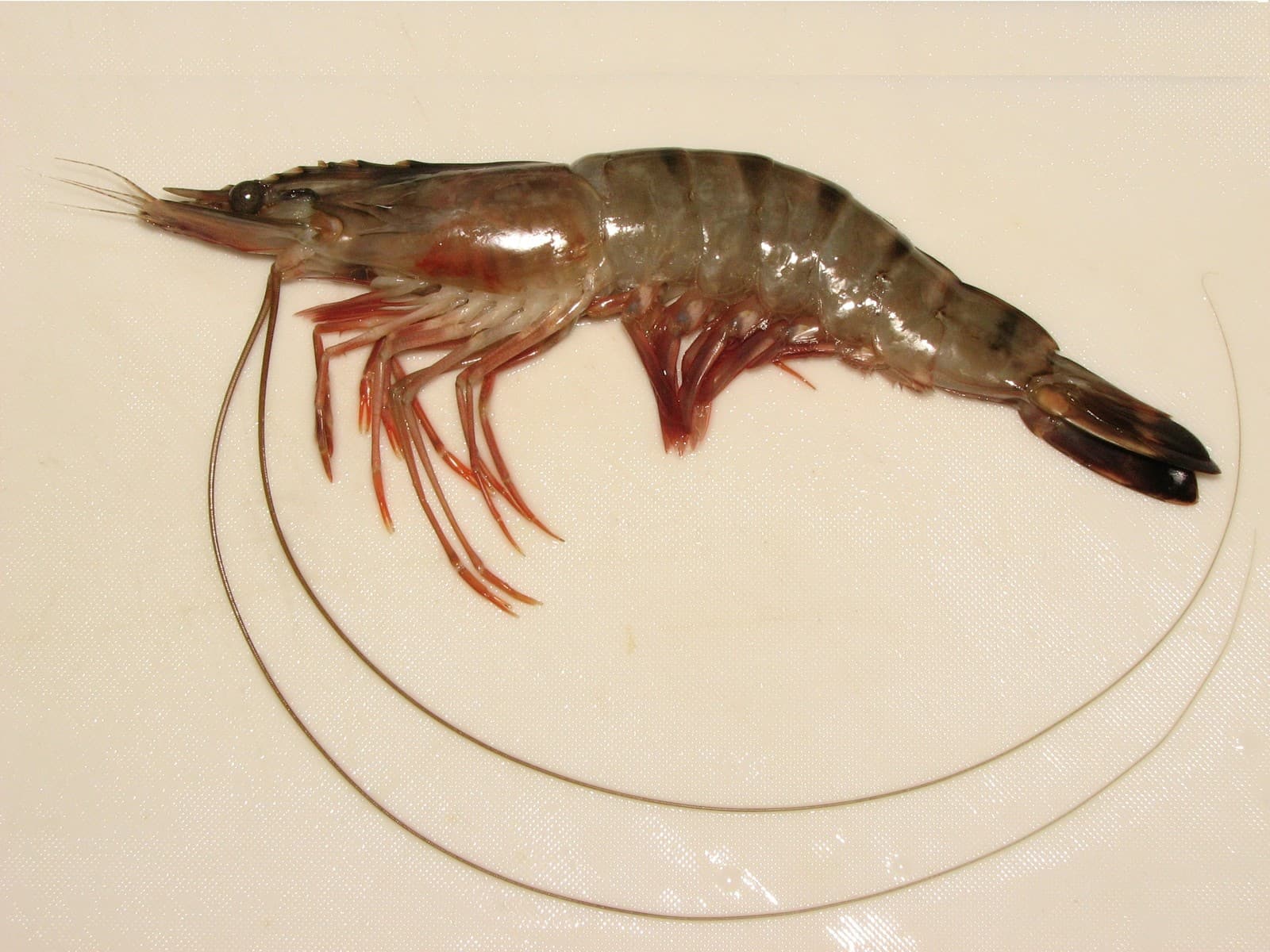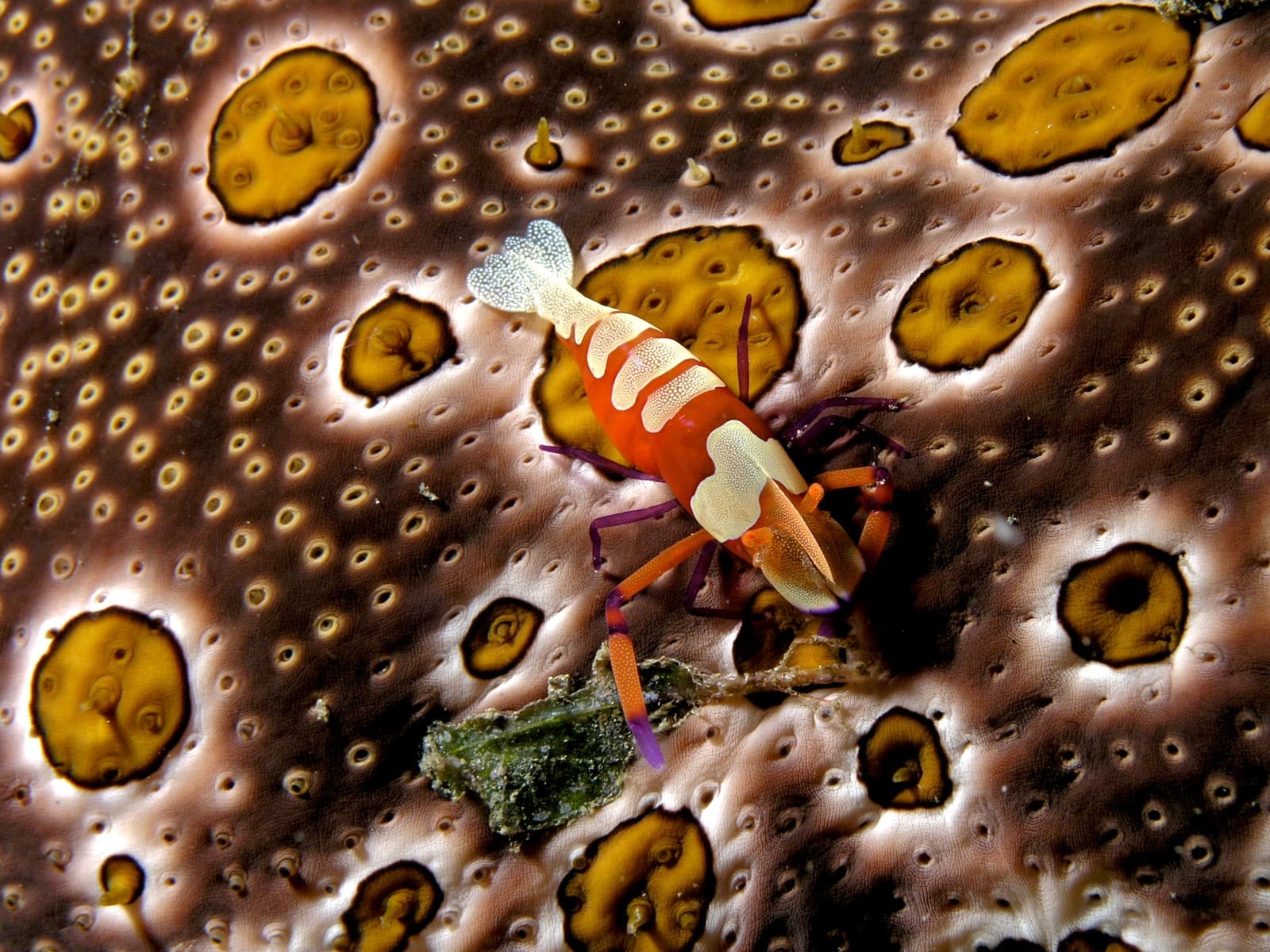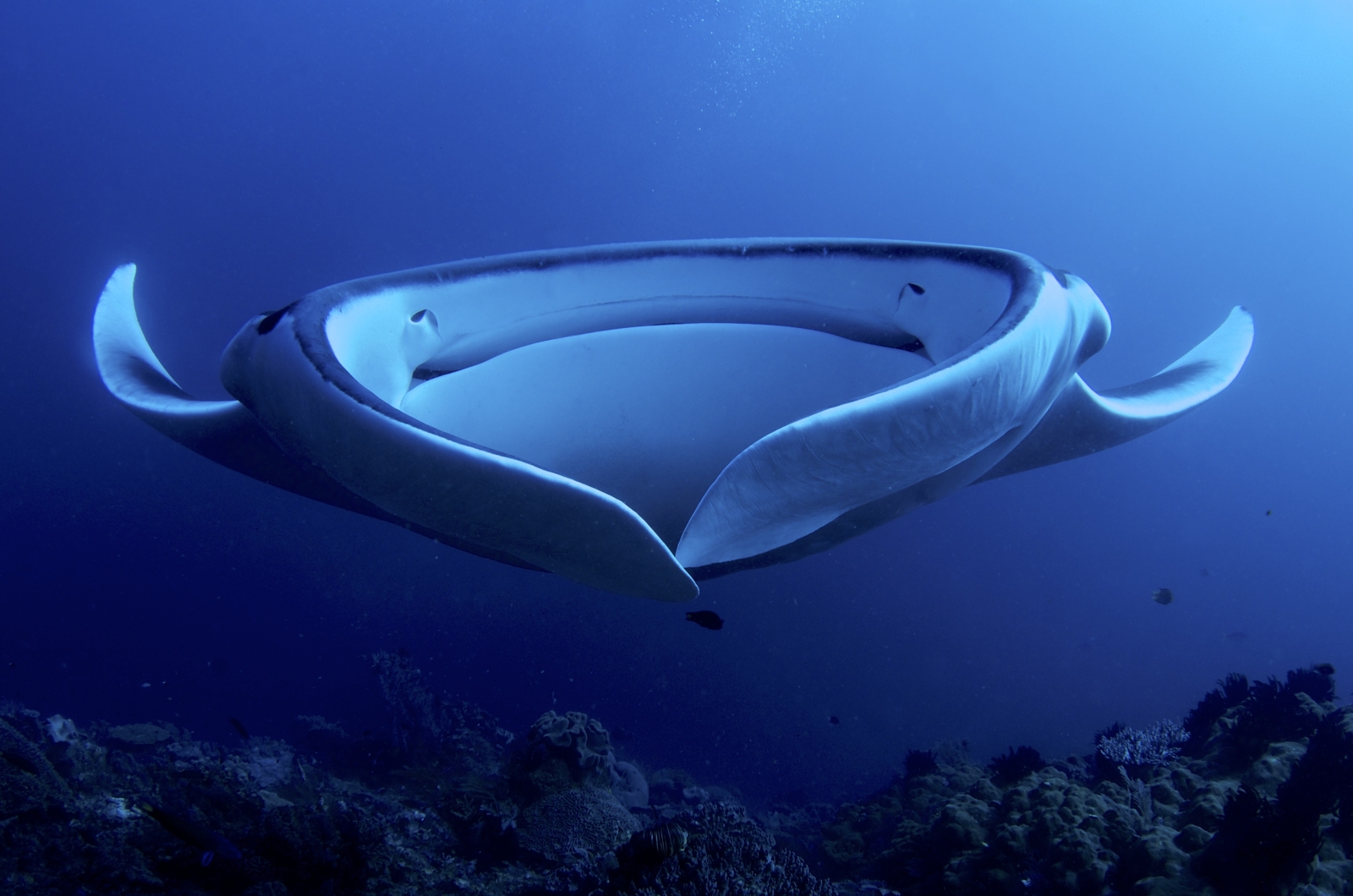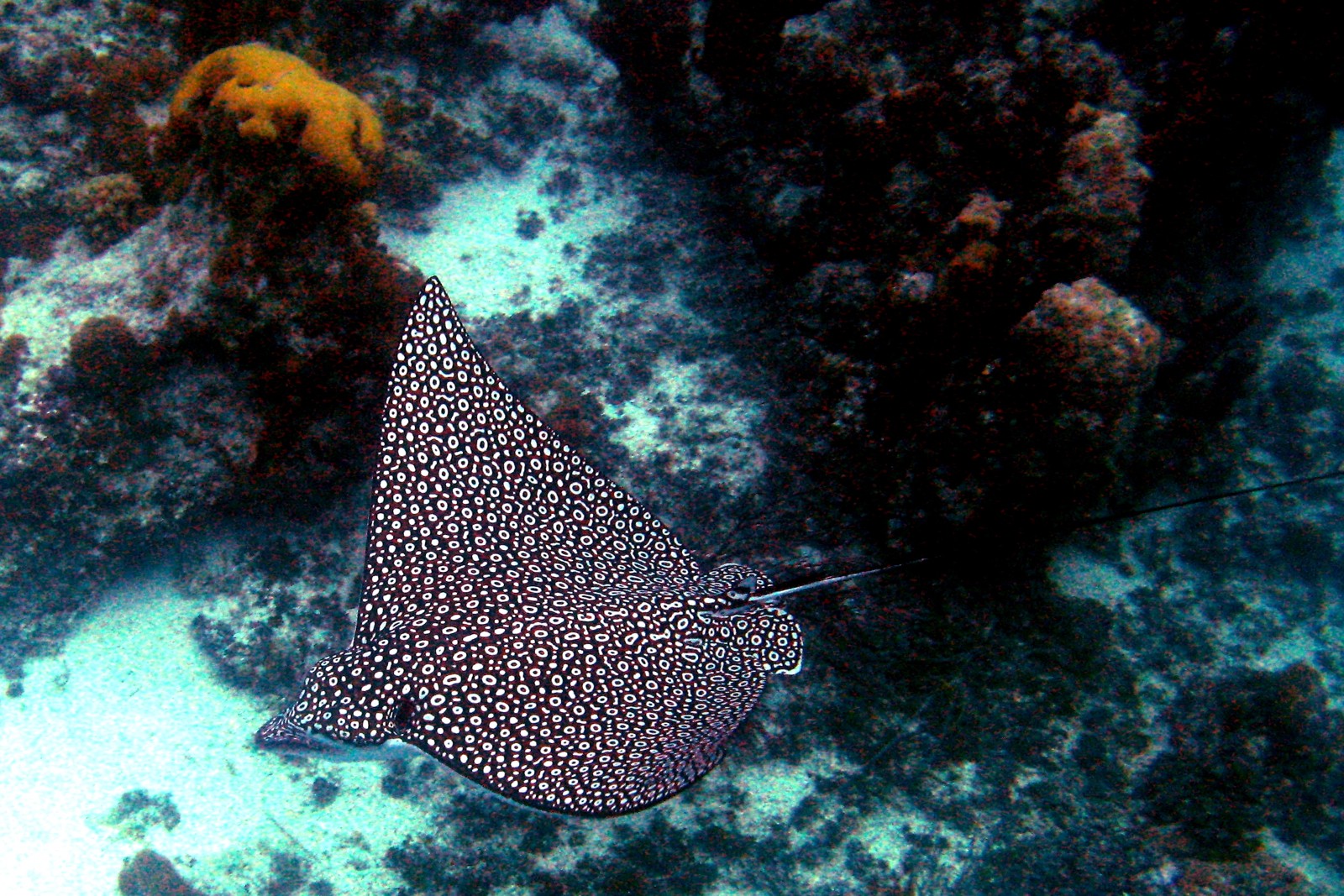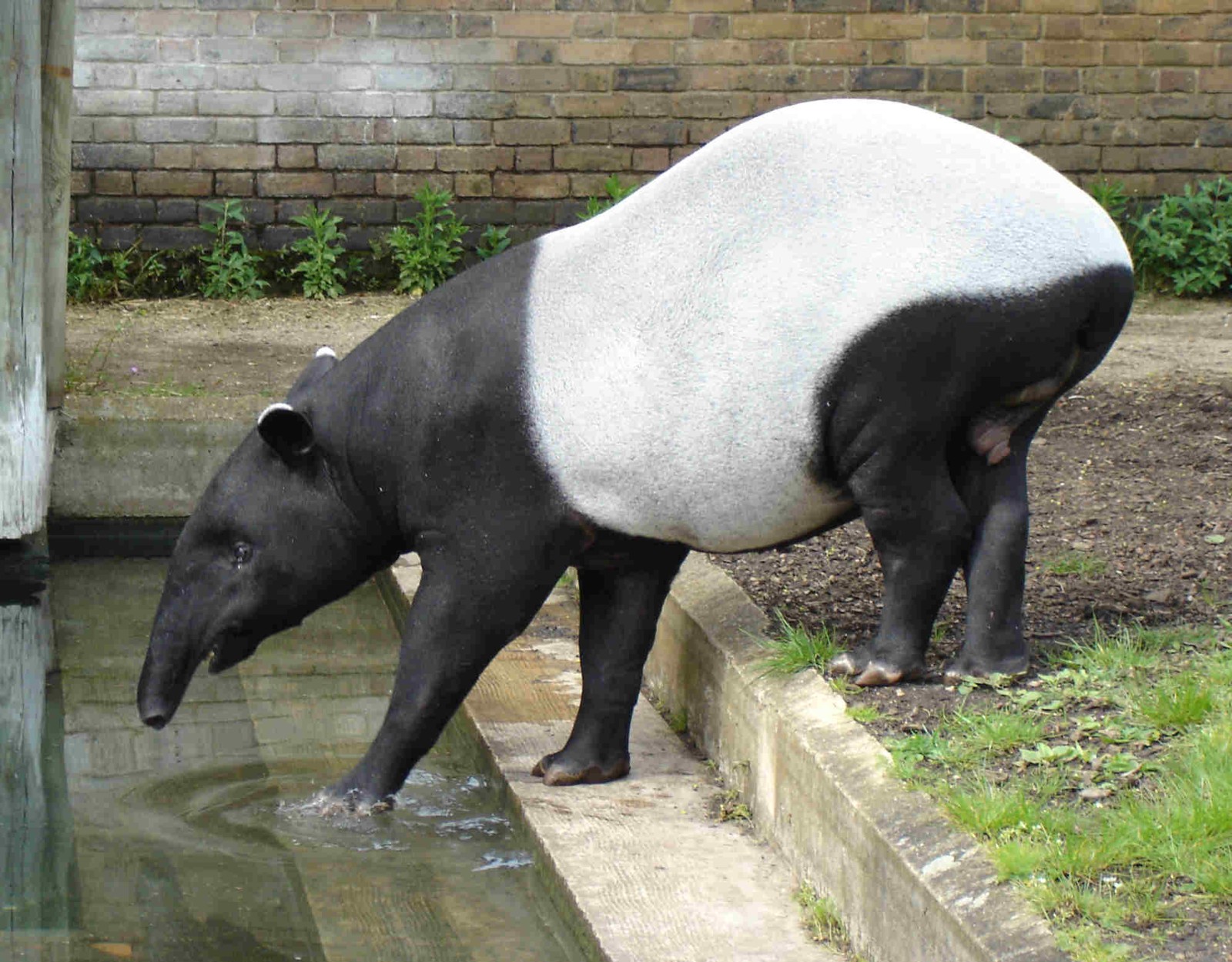Rattlesnake vs Coral Snake: A Complete Comparison
When comparing a Rattlesnake vs Coral Snake, these two venomous serpents exhibit stark differences in behavior, appearance, and hunting strategies. Rattlesnakes, belonging to the pit viper family, can grow up to 8 feet (2.4 meters) long and possess heat-sensing pits to detect prey. Coral Snakes, members of the elapid family, typically reach lengths of 2-3 feet (0.6-0.9 meters) and rely on their distinctive banding pattern for protection.
While both species are venomous, their toxins and delivery methods differ significantly. Rattlesnakes employ hemotoxic venom through long, hinged fangs, while Coral Snakes utilize neurotoxic venom delivered through small, fixed front fangs. Understanding these distinctions is crucial for safety in snake-inhabited areas.
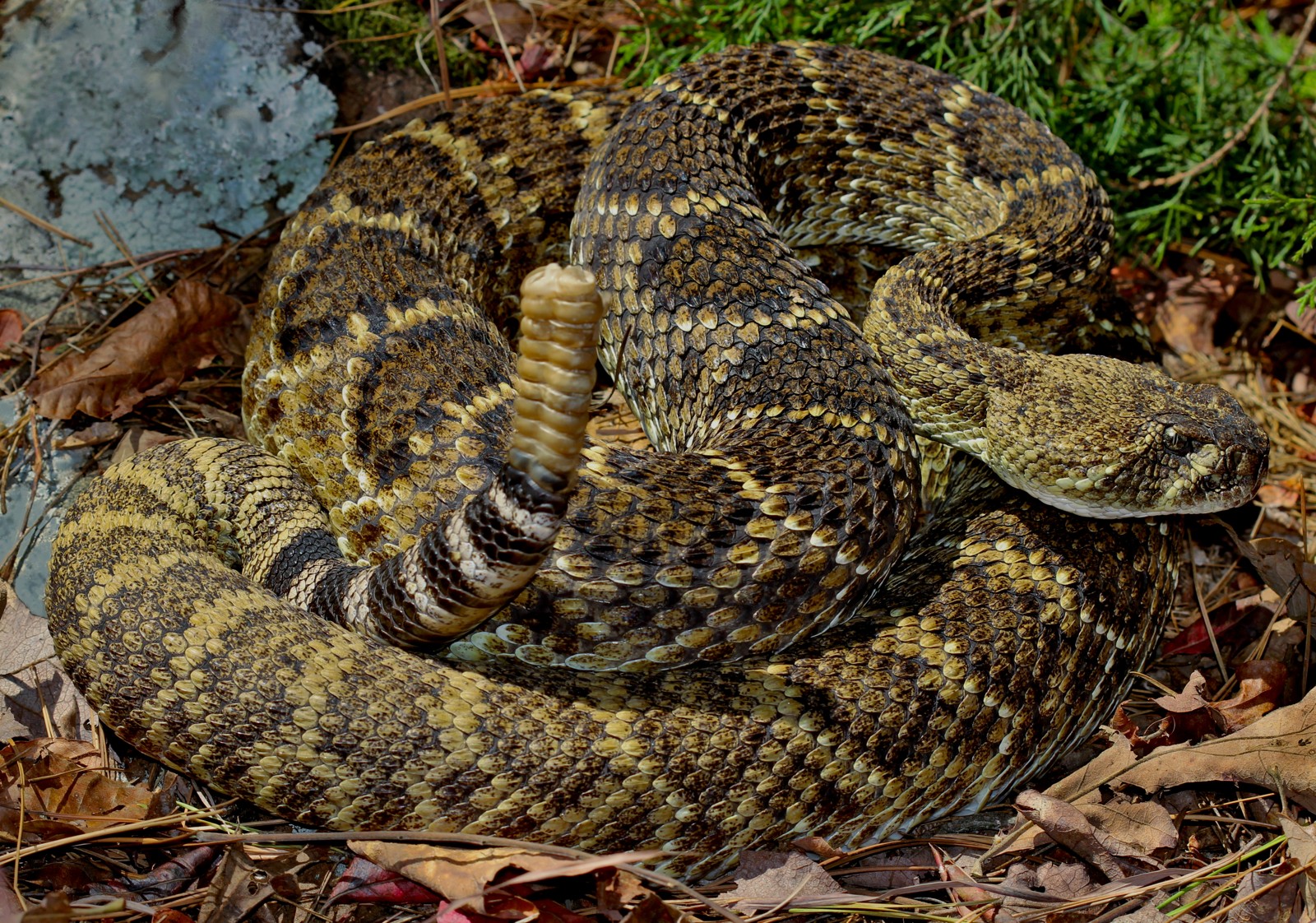
© Peter Paplanus / CC BY 2.0
The Timber Rattlesnake demonstrates the classic pit viper characteristics: broad, triangular head, heavy-bodied build, and the iconic rattle. These adaptations make rattlesnakes highly effective ambush predators in their woodland habitats.
<img src=“/images/rattlesnake-coral-snake_coral-snake.jpg” alt=“A Eastern Coral Snake coiled on dried palm fronds, displaying its distinctive tricolored banding pattern of glossy black, vibrant yellow, and deep red rings. The snake’s smooth, iridescent scales shimmer with a metallic blue sheen in the light. The complete rings encircle the snake’s entire body, a key identifying feature of this highly venomous species. The coral snake’s slender body is arranged in loose S-shaped curves against the natural substrate of tan-colored palm debris. This specimen exhibits the classic “red touch yellow, kill a fellow” pattern that distinguishes it from non-venomous mimics like the Scarlet Kingsnake.”>
© John / CC BY 2.0
The Eastern Coral Snake’s vibrant warning coloration serves as nature’s danger sign. Its distinctive red, yellow, and black bands completely encircle the body, distinguishing it from similar-looking non-venomous species.
Key Differences: Rattlesnake vs Coral Snake
| Feature | Rattlesnake | Coral Snake |
|---|---|---|
| Size | 3-8 feet (0.9-2.4m) | 2-3 feet (0.6-0.9m) |
| Venom Type | Hemotoxic | Neurotoxic |
| Head Shape | Broad, triangular | Round, similar to body |
| Warning Signal | Rattling sound | Bright color bands |
| Hunting Style | Ambush predator | Active forager |
| Typical Habitat | Various terrains, often rocky areas | Woodland, sandy areas |
Venom Comparison and Danger Level
Rattlesnakes and Coral Snakes employ distinctly different venom types. Rattlesnake venom primarily affects blood and tissue, causing severe localized damage and potential organ failure. Coral Snake venom targets the nervous system, potentially leading to respiratory failure. While Coral Snake venom is more potent drop-for-drop, Rattlesnakes typically deliver larger doses during a strike.
Identification and Safety Tips
Rattlesnake Identification:
- Triangular head distinctly wider than neck
- Heat-sensing pits between eyes and nostrils
- Keeled (ridged) scales giving rough appearance
- Characteristic rattle at tail tip
- Diamond or blotched pattern on back
Coral Snake Identification:
- Smooth, glossy scales
- Round head barely wider than body
- Red, yellow, and black bands
- Remember: “Red touch yellow, kill a fellow; red touch black, venom lack”
- No facial pits or rattles
Behavior and Habitat Preferences
Rattlesnakes prefer open, rocky terrain where they can bask and ambush prey. They’re generally more aggressive when threatened, using their rattle as a warning system. Coral Snakes inhabit sandy or woodland areas, spending much time underground. They’re typically shy and reclusive, attempting to flee rather than confront threats.
Who Would Win in a Fight?
While such encounters rarely occur naturally, a defensive confrontation between these species would likely favor the Rattlesnake due to:
- Superior strike speed (up to 2.95 meters per second)
- Larger size and more robust build
- More efficient venom delivery system
- Better defensive capabilities
Conservation Status and Human Interaction
Both species face habitat loss and human persecution. Rattlesnakes often conflict with human expansion into their territory, while Coral Snakes’ secretive nature makes population assessment challenging. Understanding these serpents’ importance in ecosystem balance is crucial for their conservation.
First Aid and Medical Treatment
If bitten by either species, immediate medical attention is crucial. Key differences in treatment include:
- Rattlesnake bites require antivenom within 2 hours
- Coral Snake bites may show delayed symptoms (up to 12 hours)
- Different antivenom types are needed for each species
- Local wound care varies significantly between bites
Remember: Prevention through awareness and avoidance is always the best strategy when dealing with venomous snakes.
